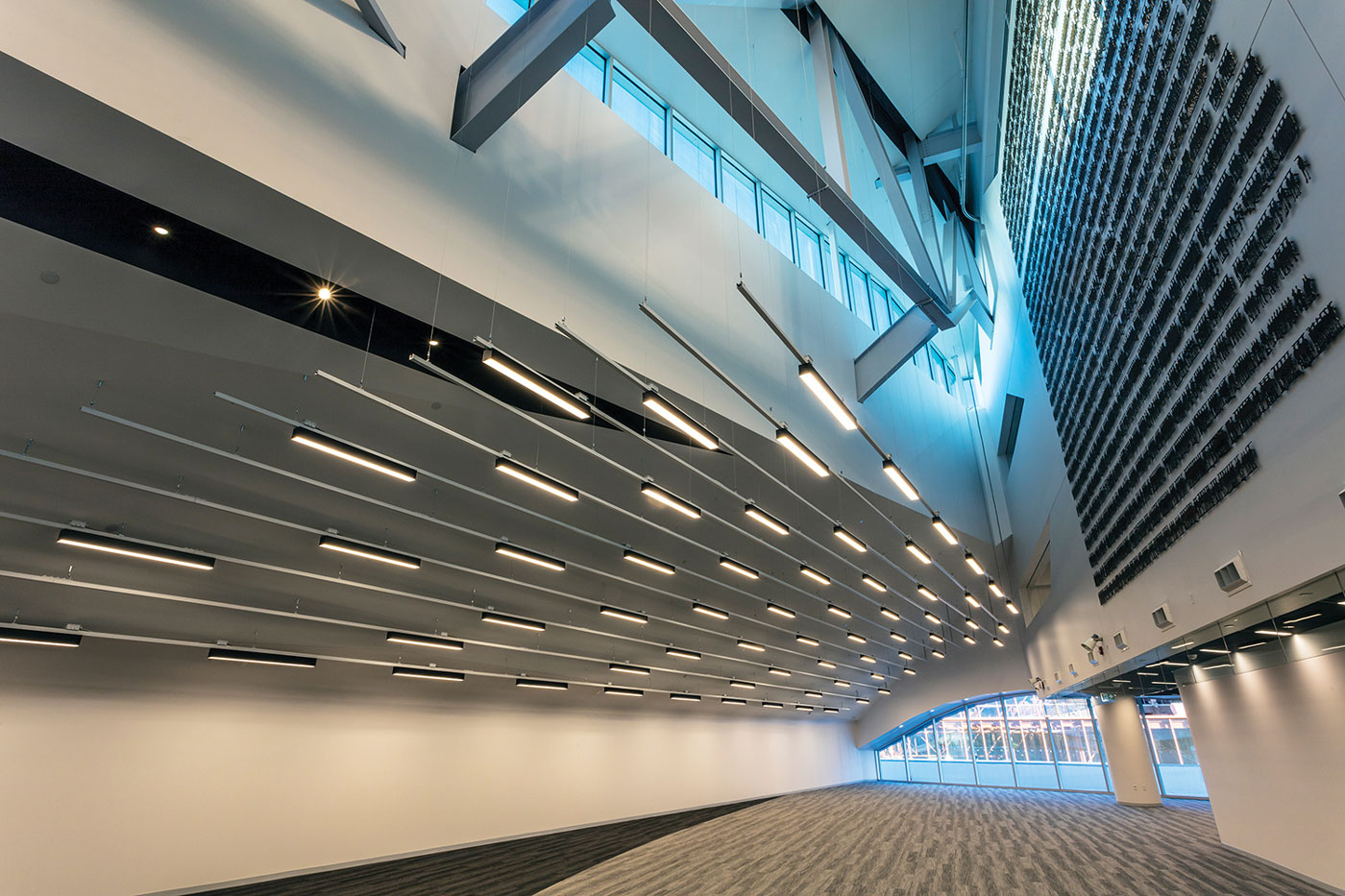It’s the question that philosophers, both armchair and official, have pondered since pondering was possible: What makes us human? The fun part is that there is no single answer, so the debate is endless. The answers reflect as much about the person answering as about any reality. But it’s not just mental masturbation — there really are things that only humans do. No other Earthly creature communicates through written language, and no other species works together in such large, non-familial numbers. The new artwork in the under-renovation Stanley A. Milner library combines these themes and asks the question: If a wall of words can’t be read, does it have any meaning?
Alberta artist Peter von Tiesenhausen has been obsessed with humans and their meaning ever since “The Watchers,” his five, eight-foot tall, charred wooden figures, circumnavigated Canada from 1997 to 2002. Since then, his creations have gotten smaller, but more numerous. “I did drawings and paintings and prints and photographs of that journey,” he says, “and then one of my art dealers said, ‘I can’t sell any more of this crap. Move on.’”
But the muse was not appeased, so von Tiesenhausen continued creating countless figures, on paper, canvas and even train rails. It was when he drew “lines and lines of these things” on the back of wooden flooring that he first thought they looked like letters. “It became my form of writing, and my thought was, if they’re my deepest beliefs, but I never convey what the actual words are, and you fill those spaces with your own words, there is this slight chance that they are exactly the same. It forces everyone to be self-discerning about their deepest beliefs.”
Once his pitch was accepted, von Tiesenhausen and his sons projected his human figures onto steel recycled from frac tanks. He then traced them with soapstone and used a solar panel-powered plasma cutter to piece them out, person by person, word by word.
Over nine months, using 3,000 pounds of steel, they carved 822 words that span 28 by 28 feet on the library’s third floor wall, up to the ceiling. When you first walk in later this year, you’ll notice them up to your left, looking like two paragraphs of text. Up close, you’ll realize that no actual words could do justice to such an important civic building, where a million people congregate each year. But with human figures, the meaning will remain as long as the library’s around. Because after all, what are words without people?
